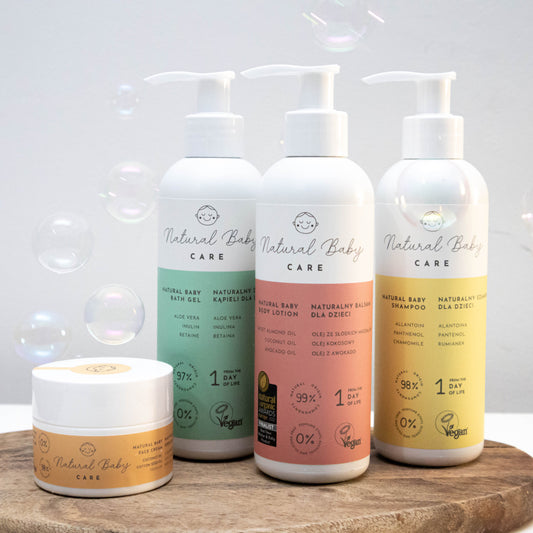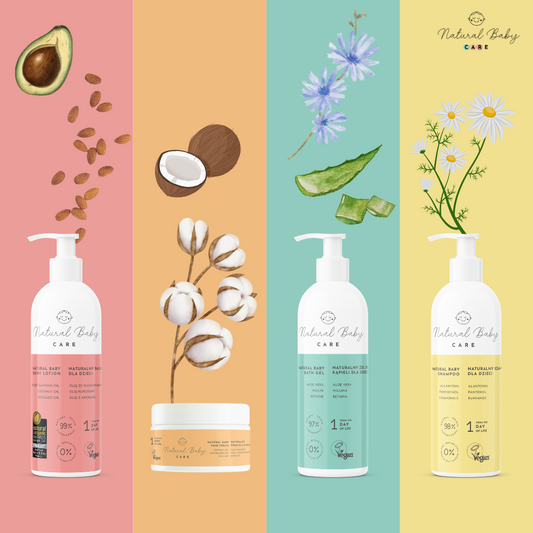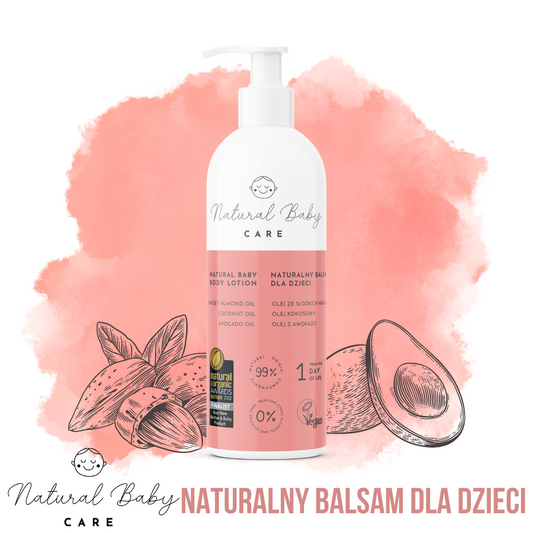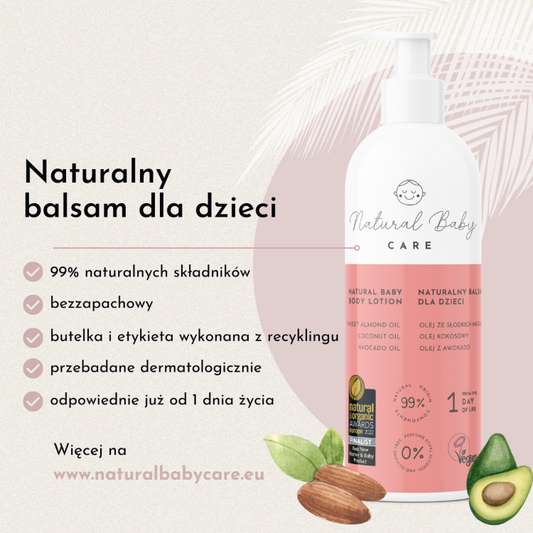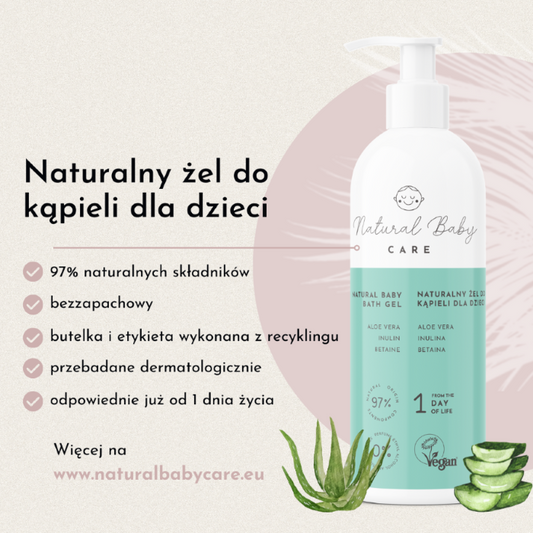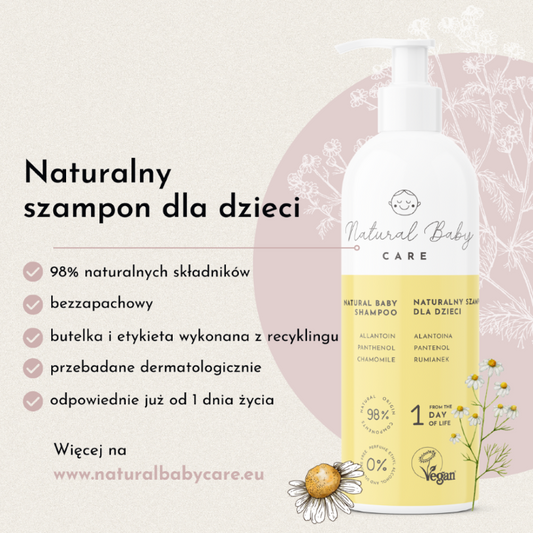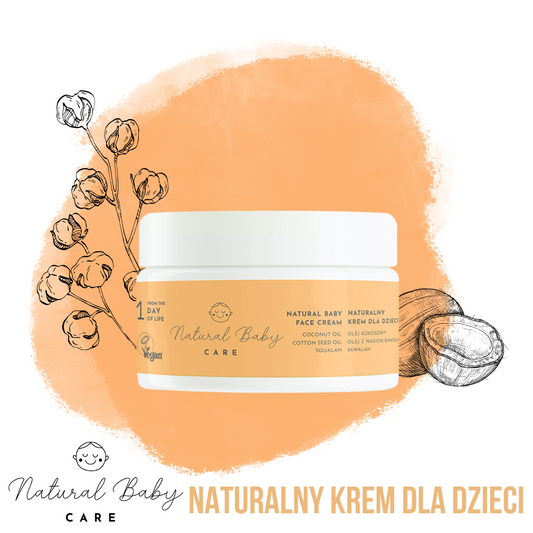Home > Knowledge Zone > Blog > Can emollients for children be harmful?
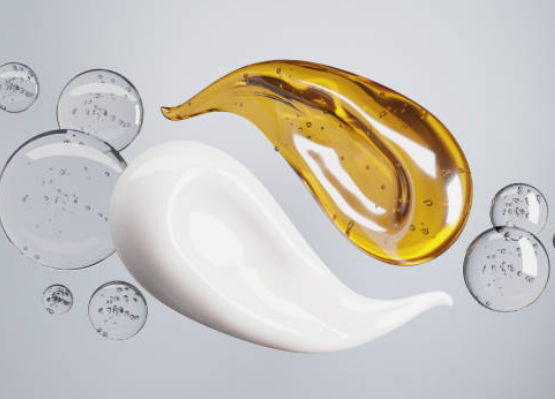
Can emollients for children be harmful?
Author : Natural Baby Care Team
Publication date: April 12, 2024
Reading time: 5 minutes
Emollients are commonly used in children's skin care, but their safety is sometimes questioned. In this article, we'll take a closer look at this issue and answer the question of whether emollients for children can be harmful.
Check out cosmetics for your baby's delicate skin
The frequency of emollient application depends on the individual needs of the child's skin and the doctor's recommendations. For dry or problematic skin, emollients can be applied several times a day, especially after bathing or before bed.
Did you know that...?
Collapsible content
Czy emolienty mogą zaszkodzić?
Kiedy emolienty na włosy?
Emolienty dla dzieci
Emolienty dla noworodka
Emolienty - czy uczulą?
Emolienty ile razy w tygodniu?
Emolienty a łuszczyca
Emolienty z mocznikiem

